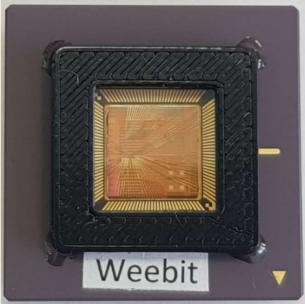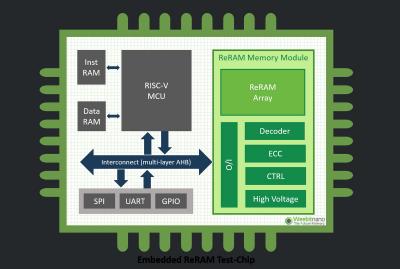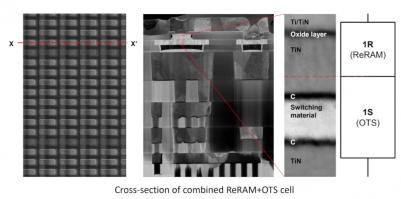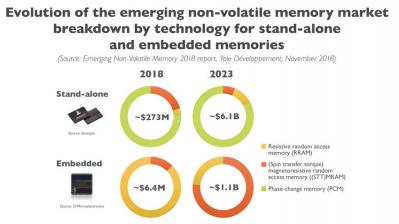SkyWater to adopt Weebit's RRAM technology it its production fab
Israel-based RRAM developer Weebit Nano has entered into its first commercial deal with US-based semiconductor foundry SkyWater Technologies. The deal includes a technology transfer agreement and a non-exclusive licensing agreement.

Weebit's ReRAM technology will be transferred to SkyWater’s production fab and then qualified for volume production by the end of 2022.


